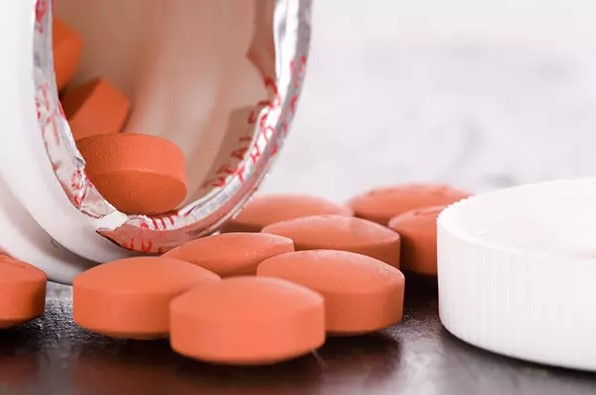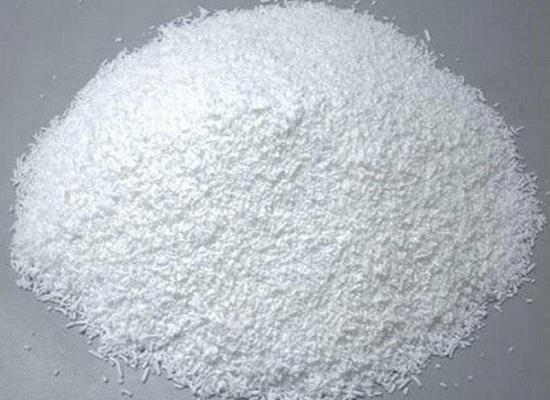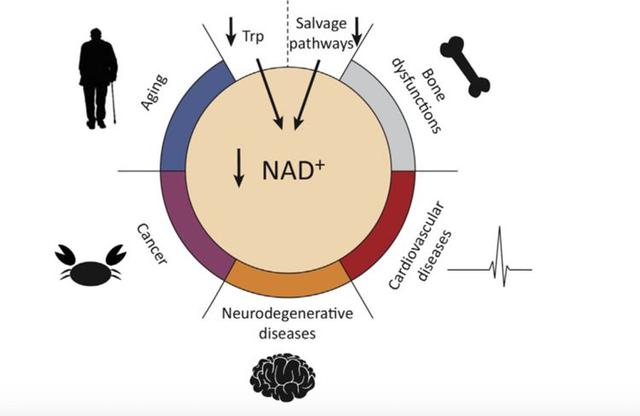The uses and mechanism of action of Ibuprofen
Nov 16,2023
Description
Ibuprofen is an organic compound with the chemical formula C13H18O2. Its chemical name is 2-(4-Isobutylphenyl)propionic Acid. This small molecule is a white to off-white powder and practically insoluble in water, freely soluble in acetone, methanol, and methylene chloride. This drug is the most commonly used and prescribed NSAID. It is a common over-the-counter medication widely used as an analgesic, anti-inflammatory, and antipyretic.

Discovery
The discovery of ibuprofen was spurred by finding an alternative non-corticosteroid pharmacotherapy for rheumatoid arthritis. The disease was the initial impetus for creating what would eventually become known as ibuprofen. Initially patented as 2-(4-isobutylphenyl) propionic acid in 1961 by Dr. Adams and John Nicholson, ibuprofen has become one of the most widely used NSAIDs worldwide.
Uses
Ibuprofen is FDA-approved for use in mild to moderate pain, including menstrual pain (pain that happens before or during a menstrual period). Prescription ibuprofen relieves pain, tenderness, swelling, and stiffness caused by osteoarthritis (arthritis caused by a breakdown of the lining of the joints) and rheumatoid arthritis (arthritis caused by swelling of the lining of the joints). Some common over-the-counter uses for ibuprofen are muscle sprains or strains, joint aches, pain from migraine, sore throat, and pain from colds or cases of flu.
Its most well-known effect, in addition to relieving menstrual cramps in women, is undoubtedly its antipyretic effect. Fever has been reported as a common symptom occurring in COVID-19 illness. This medicine is often used as a fever reducer after contracting COVID-19 fever[2]. Individuals often take over-the-counter antipyretics such as ibuprofen and acetaminophen to reduce fever discomfort. Studies show that ibuprofen demonstrates superior efficacy in fever reduction compared to acetaminophen.
Mechanism of action
The primary mechanism of action of ibuprofen is the non-selective, reversible inhibition of the cyclooxygenase enzymes COX-1 and COX-2 (coded for by PTGS1 and PTGS2, respectively)[2]. COX-1 and COX-2 catalyze the first committed step in the synthesis of prostanoids-prostaglandin (PG)E2, PGD2, PGF2X, PGI2 (also known as prostacyclin), and thromboxane (Tx) A2-from arachidonic acid. Prostanoids produce a diverse array of biological effects through activating prostanoid receptors and play essential roles in various homeostatic and pathologic processes.
References
[1] Jamerson, Brenda D , and T. H. Haryadi . "The Use of Ibuprofen to Treat Fever in COVID-19: A Possible Indirect Association with Worse Outcome?."Medical Hypotheses 144(2020).
[2] Liudmila L Mazaleuskaya. "PharmGKB summary: ibuprofen pathways." Pharmacogenetics and genomics 25 2 (2015): 96–106.
- Related articles
- Related Qustion
- Classical Synthesis and Recent Synthetic Advances in Ibuprofen Jul 31, 2024
Ibuprofen was developed in the 1960s and was valued at around 300 million US dollars in 2020. This article will introduce its synthesis methods, including classical and recent advances.
- Is it dangerous to overdose on Ibuprofen? Mar 11, 2024
If it's abused and taken in large quantities in a short period of time, it can cause water buildup in the brain or swelling of the brain.
- What's the Difference between Ibuprofen and Excedrin? Can We Take Them Together? Mar 11, 2024
Be careful when you take the anti-inflammatory drugs, both aspirin and ibuprofen are classified as nonsteroidal anti-inflammatory drugs (NSAIDs), and mixing them could result in serious side effects or drug interactions.
Ibuprofen
15687-27-1You may like
- Ibuprofen
-

- 2025-12-14
- CAS:15687-27-1
- Min. Order:
- Purity: 0.99
- Supply Ability:
- Ibuprofen
-

- $0.00 / 25kg
- 2025-12-13
- CAS:15687-27-1
- Min. Order: 25kg
- Purity: 97.0%~103%; BP2020/USP42
- Supply Ability: 35tons/month
- Ibuprofen
-

- $5.00/ KG
- 2025-12-12
- CAS:15687-27-1
- Min. Order: 0.10000000149011612KG
- Purity: 99% hplc
- Supply Ability: 5000kg






